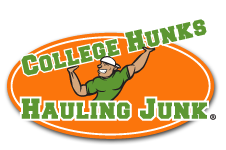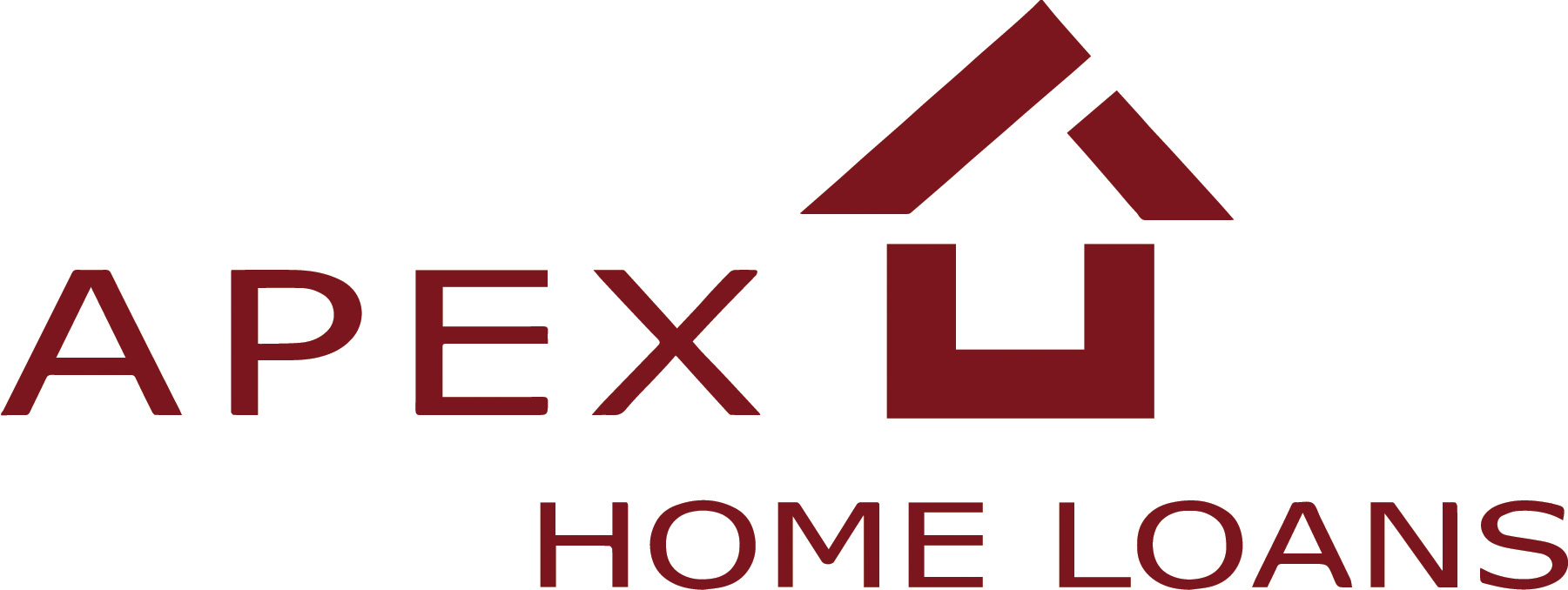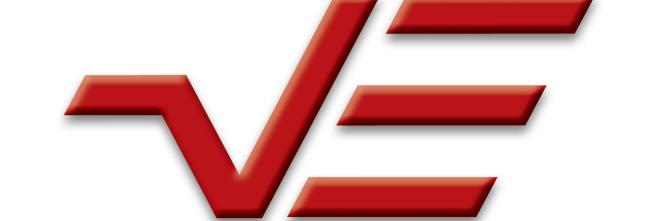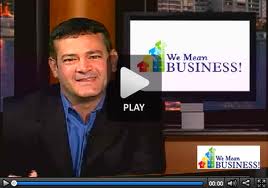Meeting the Needs of Your Customers Isn’t Enough
“A lot of times, people don’t know what they want until you show it to them.” –Steve Jobs
You probably own a cooler, but you’ve likely never heard of Ryan Grepper before now. Ryan is an inventor who engineered a much-needed refresh for portable coolers.
Aside from the addition of tires, cup holders, and telescoping handles, coolers have remained about the same for nearly 50 years. If I asked you how to improve this popular household item, you’d probably say you’d never given it much thought – (after all, we’ve just lived with the same general design for as long as most of us can remember).
After a moment, you might request a bottle opener or suggest better overall workmanship to avoid the broken hinges and cracked drain caps that result from normal wear and tear. Ryan found a way to address those concerns and so much more. In fact he took the concept of anticipating customer needs to a place no one has ever gone before.
The Coolest of the Coolers
The Coolest, which recently debuted on Kickstarter.com, has it all — much of it built right in: a bungee cord to stack and secure additional items while on the go, a removable divider, and integrated storage. It’s also clever enough to incorporate extra-wide tires, which make it more beach-ready than leading models.
That’s not all, though. The Coolest uses a powerful rechargeable battery, the latest lighting advancements, and even wireless technology:
Under the lid, you’ll find:
- A waterproof LED light strip that lets you see your contents in the dark
- Reusable serving plates that double as cutting boards
- A rust-proof ceramic knife
On the outside, you’ll discover:
- There’s a USB port to charge your smartphone
- A small recessed shelf to rest your smartphone
- A gear tie-down
- A detachable waterproof Bluetooth speaker, and;
- The pièce de résistance, an 18-volt rechargeable full-size blender!
Now that’s innovation.
Meeting Customer Needs Isn’t Enough
The modern automobile was born in 1886. In those early years, manufacturing was focused on functionality and not necessarily on creature comforts. But I imagine people got thirsty while driving way back then, just as we do today, and brought along a beverage from time to time. Some 70 years later, cup holders were just beginning to make their way into mass-produced vehicles.
The origami-inspired, white Chinese food container was introduced in the late 1800s. And, although the residential counter-top microwave oven was introduced in 1967, it would be a few decades before we’d see the removal of those metal wire handles from our Chinese food containers (allowing us to place those boxes in the microwave without blowing it up).
What do cars and take-out have in common? Both examples show how those industries responded (decades later) to a common customer need. Responding to needs is important, but what if there were a way to anticipate them instead?
Anticipating your customers’ needs trumps meeting their needs
There is a difference between meeting needs and anticipating those needs. (Hint: Anticipating often requires innovation.) Here are two ways to understand and appreciate that difference:
- If you incorporate intuitive features into a product or service from the start, you’re anticipating needs. (Ex: If car makers had thought about our desire to have a beverage handy — and safely stored — they might have built cup holders into the earliest models.)
- If you’re developing a solution to a problem that people have simply lived with (because they’ve never seen it as a problem), you’re also anticipating a need. And you’re innovating. The Coolest is a wonderful example.
Why you must value and embrace innovation
When you think of some of the world’s most innovative brands, what companies come to mind? Amazon.com, Starbucks, Google, Apple, and Nintendo have all made the Forbes top 100 list of The World’s Most Innovative Companies. Companies like these have made the practice of anticipating customer needs (innovation) a part of their culture.
Many companies have even appointed a Chief Innovation Officer, while others have chosen to make this sort of ideation and creativity a required part of everyone’s role. Either way, there’s real value here. Encouraging a culture of innovation, particularly as it pertains to anticipating customer needs can be a real differentiator.
Companies like the ones listed above are typically held in high regard, attract some of the most talented employees, make a positive difference in the business world, and often realize tremendous financial success.
The bottom line: Innovation does more than equate to anticipating customer needs. Innovation generates buzz and drives profitability.



















Nothing fires me up more than reading about a product and improvements to that product that seems so obvious. Look at the Reef flip flops that crushed the competition a couple of years ago when they placed a simple bottle opener on the bottom of the shoe! Great blog, and great reminder. As they say, “if it ain’t broke, fix it better.”
I have a pair of those Reef flip flops, Rob! Some people get freaked out at the idea of a shoe bottom coming in contact with their bottle top, but it’s definitely a novel idea and fun conversation piece. I’d never heard that expression (“if it ain’t broke, fix it better.”), but it’s certainly fitting. Thanks for adding your thoughts.
That was definitely very COOL Steve — even the name is perfect. If I used my cooler more than once every 2 years, I would have been all over it. Thanks for spreading the word about it.